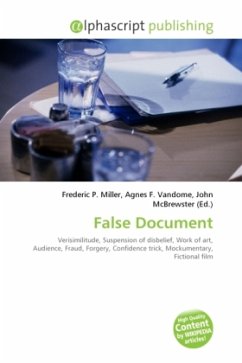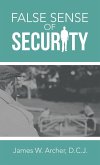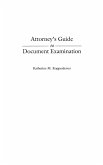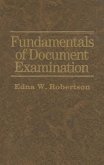A false document is a form of verisimilitude that attempts to create a sense of authenticity beyond the normal and expected suspension of disbelief for a work of art. The goal of a false document is to fool an audience into thinking that what is being presented is actually a fact. In practice, false document effects can be achieved in many ways, including use of faked police reports, newspaper articles, bibliographical references, documentary footage or using the legal names of performers or writers in a fictional context. The effect can be extended outside of the confines of a text by supplementary material such as badges, I.D. cards, diaries, letters or other artifacts. By intentionally blurring boundaries between fiction and fact, false documents present complex and perhaps insoluble ethical questions. In some cases, the difference between a great artistic achievement and a stunning forgery is slim. Sometimes the false document technique can be the subject of a work instead ofits technique, though these two approaches are not mutually exclusive as many texts which engage falseness do so both on the literal and the thematic level.
Bitte wählen Sie Ihr Anliegen aus.
Rechnungen
Retourenschein anfordern
Bestellstatus
Storno








